Natural Food Coloring Additive Trends & Innovations

Recent bans on colored food additives that are deemed “unsafe” are accelerating the development of natural dyes capable of matching brighter hues and the required stability. For example, the European Commission is phasing out the use of titanium dioxide (TIO₂) as a food additive, while France, which already banned the substance, has launched a systematic plan to assess engineered nanomaterials with the potential to be used as food additives and ingredients with a nutritional function.
These types of regulations are limiting the use of artificial dyes and are helping to propel the demand for natural food coloring additives, with a potential market that could reach US$3.2 billion by 2027.
“Increased demand for the use of natural food colors is forcing the food and beverage industry to adapt rapidly,” says Jorge Hurtado, PreScouter Team Leader and co-author of the brief. “There is solid evidence indicating that science is providing the new developments that are broadening the palette of natural food colors and making them as stable as their artificial counterparts,” he adds.
In addition to looking at global trends in clean-label food and beverage colorings, PreScouter’s Intelligence Brief also looks at relevant patent applications, highlights some of the innovations addressing the production of natural food colorants at large scale, and profiles several companies that are currently providing natural alternatives to common food colors.
As Hurtado points out, “It appears that the F&B industry is heading toward a ‘new’ segment business that can make a bold statement to their customers that clean-label products are here to stay.”
)
)
)



)
)
)
)
)
)
)
)
)
)
)
)
)
)
)
)
)
)
)
)
)
)
)
)
)
)
)
)
)
)
)
)
)
)
)
)
)
)
)